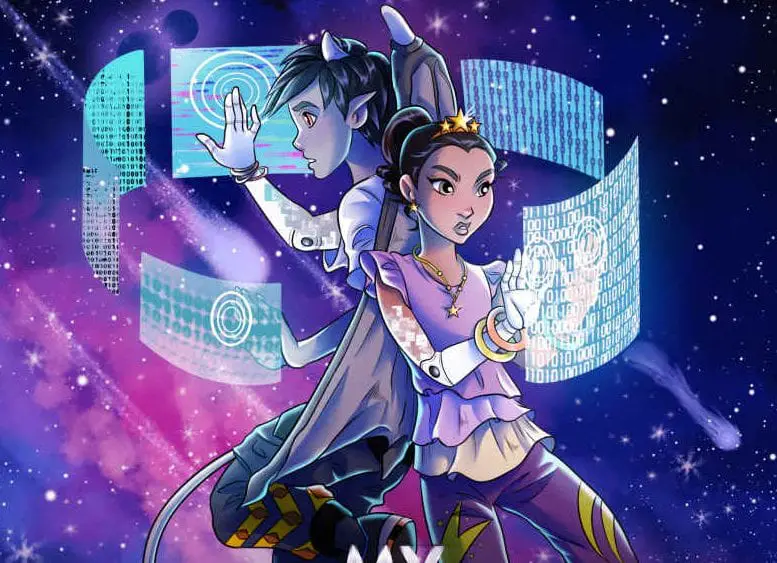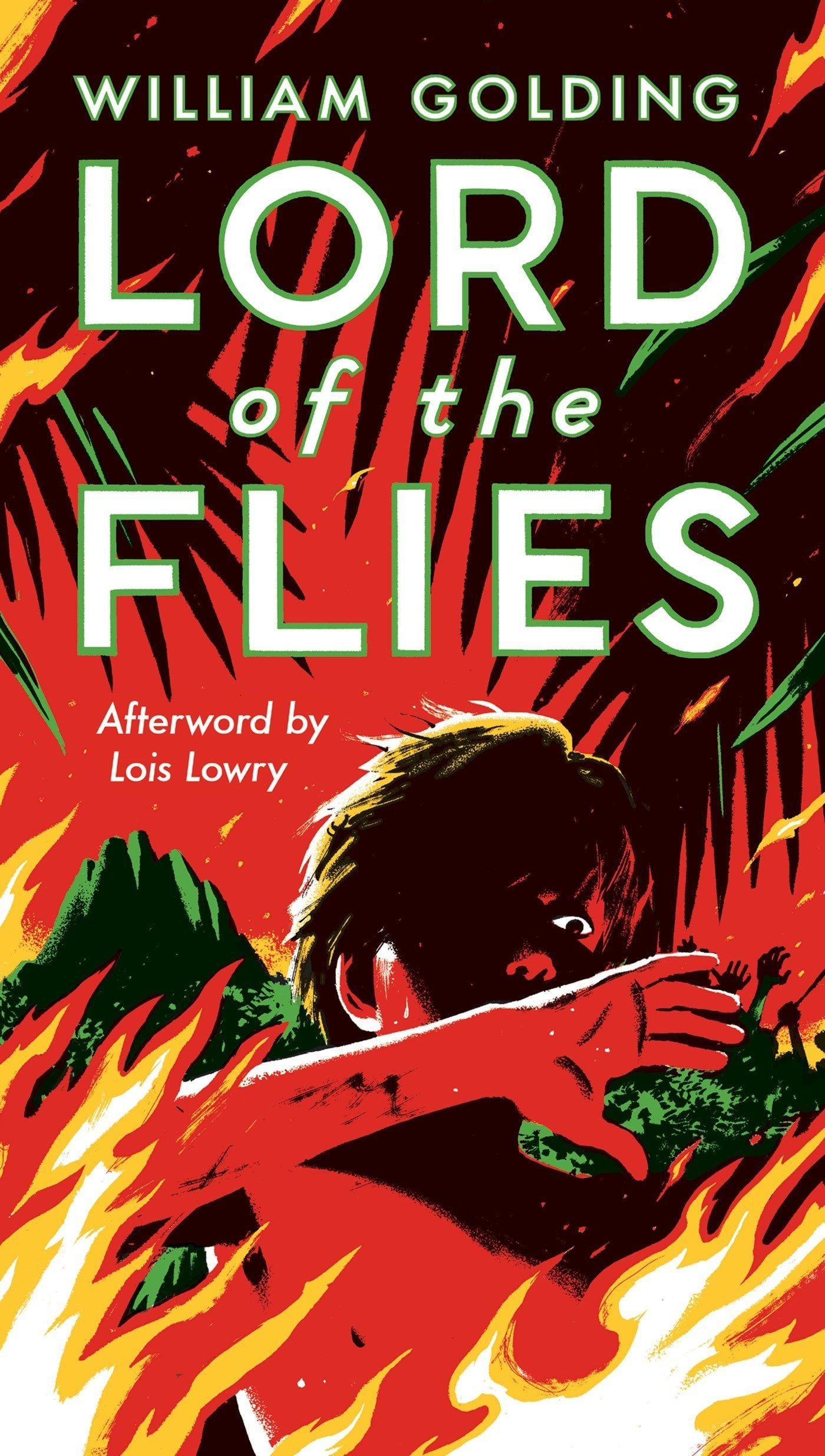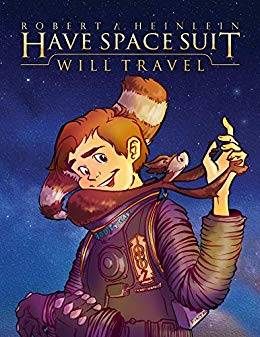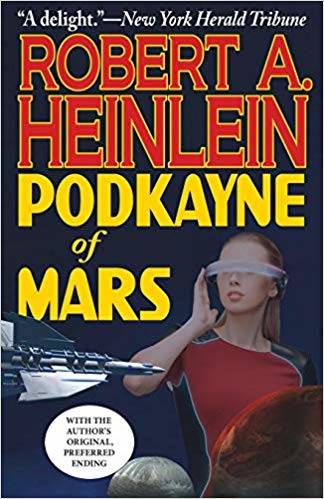My Best Friend Runs Venus is an Exciting Adventure Through Space Aimed At Younger Readers
For those of you who grew up with their noses buried in a book, there’s a very comforting and familiar tone associated with the best fiction written for twelve-ish-year-olds. There is a sense of adventure and wonder that authors like Enid Blyton and C.S. Lewis managed to convey in much of their work. It’s dangerous, and sometimes terrifying, but in the end, the gang comes home, and you can turn off the lights with a smile on your face. My Best Friend Runs Venus by Katarina S. Forest takes this writing tradition and sends us on an exciting journey around the Solar System of the future.
The mechanics of the story sound a little complicated, but make sense in the narrative. There’s a problem with Earth – it apparently isn’t what it used to be. It’s changed from a pretty cool place to hang out, to an uninhabitable wasteland. All of the rocky bodies within reach have been colonized – the Moon, Mars, Venus, Triton, Io…but not by people, per se. Robots roam around these planets and satellites, controlled by the consciousness of kids sleeping back on Earth. There isn’t a lot in the way of magnificent buildings or cities, but through Augmented Reality (AR), and a variety of sensors in the robots, the kids experience vast palaces, an expansive environment, and glorious weather – they don’t experience the real hellscape of Venus, but rather one adjusted and vastly improved. There is a social structure of sorts – a “Royal Family” of princes and princesses, complete with a retinue of servants and associated staff. Make sense? It’s like a dream, only you’re not really sleeping, you’re controlling a robot on a far-off planet that sees and feels everything, relaying the experience back to your body on Earth.
Tamika, the Princess of Venus (14), and her “official companion” Kade (12.9, and the owner of sort of a gargoyle “body,” with wings and claws) live in this world. Kade is somewhat of a tech whiz, using the AR experience and all of the information available to him in a series of “screens” that he can view to analyze, and somewhat shape his reality. They seem to be the first generation of humans really bred to it – they note how clumsy adults are when they inhabit the robot bodies. The kids know the robots and the systems inside out, and have no problem “hacking” the systems to find information they might need.
Tamika’s family has a dark past – her mother, Azra Bell, is known as the “Great Traitor,” and is known for her role in trying to destroy the new and fragile civilization. This doesn’t sit well with Tamika, and together with Kade they concoct a plan to use a banned “transporter” to travel to another world, and set the record straight. This is where the fun begins – their unauthorized activation of the transporter frees a treacherous character from the past, who threatens to pick up where she left off 10 years ago and proceed back to smashing up the galaxy.
The story’s pacing picks up here and doesn’t let off until the end. We bounce around in a desperate, wild chase around the solar system, as the young protagonists try to contain an ever-worsening situation. The story draws from several influences – The Matrix meets Ready Player One, with elements from Lord of the Flies and The Moon is a Harsh Mistress. The book is in the vein of Robert A. Heinlein’s transitory period – fighting the constraint of being a pulpy kid’s author, he began to inject his work with more serious themes – readers of Have Spacesuit, Will Travel, and Podkayne of Mars will be in familiar territory. The story does venture into cyberpunk topics towards the end, with some questions about the humanity and purpose of the machines and the people in the story. Augmented Reality is a relatively new and fascinating subject, and the book uses it well as a framing device.
The science presented is interesting, but not so dense as to alienate a younger reader. In fact, it serves as an appetizer for headier works by more esteemed authors in the genre, such as Arthur C. Clarke in one direction, or William Gibson in the other. The chapters are short, interesting, and interspersed with fun illustrations. My Best Friend Runs Venus can be consumed in an afternoon by an adult, or a few days by a teen, and can be enjoyed equally as well by both.
FURTHER READING
Ready Player One by Ernest Cline
In the year 2045, reality is an ugly place. The only time teenage Wade Watts really feels alive is when he’s jacked into the virtual utopia known as the OASIS. Wade’s devoted his life to studying the puzzles hidden within this world’s digital confines—puzzles that are based on their creator’s obsession with the pop culture of decades past and that promise massive power and fortune to whoever can unlock them.
But when Wade stumbles upon the first clue, he finds himself beset by players willing to kill to take this ultimate prize. The race is on, and if Wade’s going to survive, he’ll have to win—and confront the real world he’s always been so desperate to escape.
Lord of the Flies by William Golding
At the dawn of the next world war, a plane crashes on an uncharted island, stranding a group of schoolboys. At first, with no adult supervision, their freedom is something to celebrate. This far from civilization they can do anything they want. Anything. But as order collapses, as strange howls echo in the night, as terror begins its reign, the hope of adventure seems as far removed from reality as the hope of being rescued.
The Moon is a Harsh Mistress by Robert A. Heinlein
In the near future, the moon has been colonized by several generations of workers, who live and work supplying the Earth with precious ore mined from the lunar surface. The desperate people lead a revolt against their Terran overlords; an unlikely team of leaders bring the movement to the fore; with assistance of a sentient supercomputer, they fight against impossible odds for their freedom.
Have Spacesuit, Will Travel by Robert A. Heinlein
Kip Russell wants nothing more than to go to the moon. But after entering a contest to help realize his dream, he is thrust into a space adventure he could never have imagined—with the most unlikely of friends and enemies. A favorite among Heinlein readers.
Podkayne of Mars by Robert A. Heinlein
“A delight.”—New York Herald Tribune A tale beloved by many fans of Robert A. Heinlein, Podkayne of Mars tells the story of a young Marswoman and her inter-planetary adventures with her uncle and her genius brother.Told largely through Podkayne’s diaries, the story details her travel to Earth with her two companions. Podkayne has very definite plans on what to do and how to do it, but not everything is as it seems. She is suddenly thrust into the middle of life and death situations when the liner they are travelling on makes a stop at Venus
The Matrix
Keanu Reeves stars in an explosive sci-fi adventure about a man who comes to believe that his everyday world is the product of a computer-driven digital matrix that feeds on humans.







